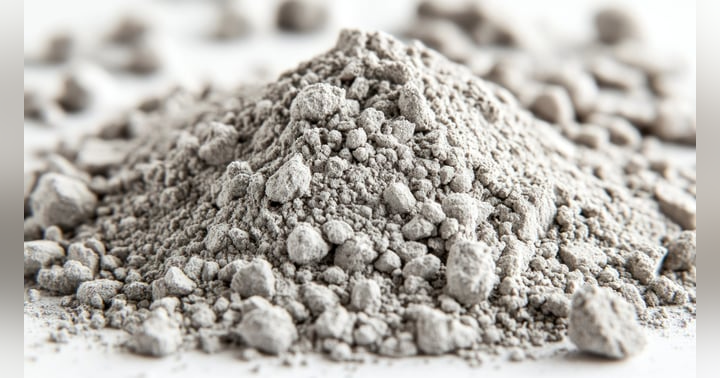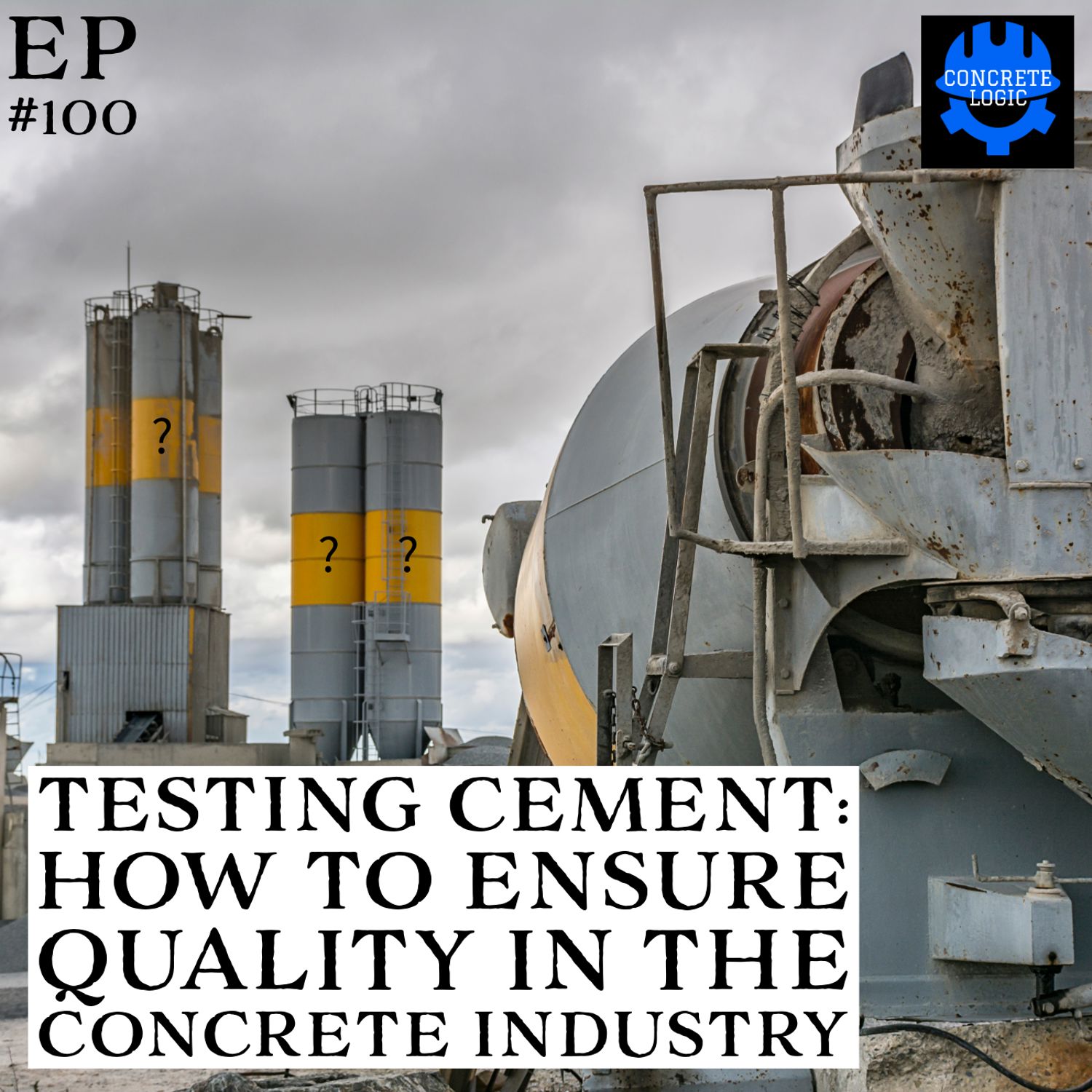Blended Cements: Potential Challenges and Solutions

This article dives into the world of blended cements, highlighting some of the key challenges they can bring to concrete production. We will examine the importance of blended cements in the concrete industry, analyze the potential challenges associated with their use, and discuss best practices for ensuring the desired performance and consistency of blended cement mixes. We'll also explore the critical role of testing methods, quality control measures, and communication in maintaining the integrity of concrete. This discussion is closely aligned with our recent podcast episode, EP #102: Testing Cement: How to Ensure Quality in the Concrete Industry, where we delve deeper into the nuances of cement testing and its importance for concrete producers.
Why Blended Cements Matter
Blended cements play a crucial role in the concrete industry, offering a variety of benefits such as improved workability, enhanced durability, and reduced environmental impact. These cements often contain supplementary cementitious materials (SCMs), which are finely ground materials that contribute to the cement's properties. However, the complexity of these blends can introduce unforeseen challenges that require careful consideration and proactive measures.
The use of blended cements presents a unique set of challenges for concrete producers. One of the primary challenges lies in the variability of SCMs. These materials can differ significantly in their chemical composition and reactivity, making it difficult to predict and control the behavior of the final cement blend. This variability can lead to inconsistencies in the concrete's properties, potentially impacting its performance and durability.
Ensuring Quality and Consistency
To address the challenges associated with blended cements, rigorous testing methods are essential. Standard testing procedures, such as those outlined by ASTM International, help ensure the quality and consistency of blended cement mixes. These tests evaluate key properties like compressive strength, setting time, and workability, providing valuable insights into the performance of the cement blend. It is crucial to conduct these tests not only on initial batches but also throughout the production process to monitor any variations in performance and ensure consistent results.
Effective quality control is paramount in managing the complexities of blended cements. Implementing a robust system involves a combination of proactive measures, including regular testing, meticulous record-keeping, and ongoing monitoring of the production process. By establishing a proactive quality management system, concrete producers can minimize the risk of costly mistakes and ensure the integrity of their concrete products. It's essential to establish clear protocols for testing, documentation, and corrective actions to address any deviations from established standards.
Best Practices for Working with Blended Cements
Successful implementation of blended cements requires a commitment to best practices. This includes sourcing SCMs from reliable suppliers, carefully evaluating the compatibility of different materials, and maintaining thorough documentation of all aspects of the production process. It is also vital to communicate openly and effectively between all parties involved, including suppliers, engineers, and production staff. This collaborative approach helps ensure that everyone is on the same page regarding the desired properties of the blended cement mix and the critical steps involved in achieving them.
Investing in quality control measures may seem like an added expense, but it is a crucial investment that can save concrete producers significant financial resources in the long run. Proactive testing and monitoring can help identify and address issues early on, preventing costly mistakes and delays. By ensuring the consistent quality of their concrete products, producers can minimize the risk of product failures, warranty claims, and legal liabilities. This proactive approach helps protect their reputation, maintain customer satisfaction, and ultimately contributes to the overall profitability of their operations.
Ensuring Compliance and Performance
Adherence to ASTM standards is essential for ensuring the quality and performance of blended cements. These standards provide a framework for testing, quality control, and acceptance criteria, guaranteeing that the concrete products meet industry-wide expectations. By following ASTM standards, concrete producers can ensure that their products are compliant with regulations, maintain the integrity of their operations, and contribute to the overall quality of the concrete industry.
Effective communication and teamwork are crucial for maintaining a successful quality assurance program. Open lines of communication between suppliers, engineers, and production staff ensure that everyone is on the same page regarding the desired properties of the blended cement mix, the testing procedures, and the importance of adhering to established standards. By fostering a collaborative environment, concrete producers can overcome challenges, identify potential issues early on, and make informed decisions to ensure the consistent quality of their products. Regularly scheduled meetings, clear documentation, and active communication channels can help facilitate this collaboration.
Keeping Up with Evolving Standards and Materials in the Concrete Industry
The concrete industry is constantly evolving, with new materials and standards emerging regularly. It is essential for concrete producers to stay informed about these developments and adapt their practices accordingly. This includes reviewing and updating their quality management system, familiarizing themselves with new ASTM standards, and exploring the potential benefits of innovative materials. By embracing change and staying ahead of the curve, concrete producers can maintain a competitive edge, ensure the quality of their products, and contribute to the ongoing advancement of the concrete industry.
Investing in Quality Management
Investing in a robust quality management system for blended cements is not just a short-term investment but a long-term strategy for success. By prioritizing quality control, concrete producers can build a strong reputation for reliable products, enhance customer satisfaction, and minimize the risk of costly mistakes. A commitment to quality assurance helps build trust with stakeholders, contributes to the sustainable growth of the business, and ensures the long-term viability of their operations.
In conclusion, blended cements offer valuable benefits to the concrete industry, but they also present unique challenges. By understanding these complexities, implementing rigorous testing methods, and establishing a robust quality control system, concrete producers can ensure the performance and consistency of their blended cement mixes. Our podcast episode, EP #102: Testing Cement: How to Ensure Quality in the Concrete Industry, delves deeper into these topics, providing valuable insights and practical advice for concrete professionals.












